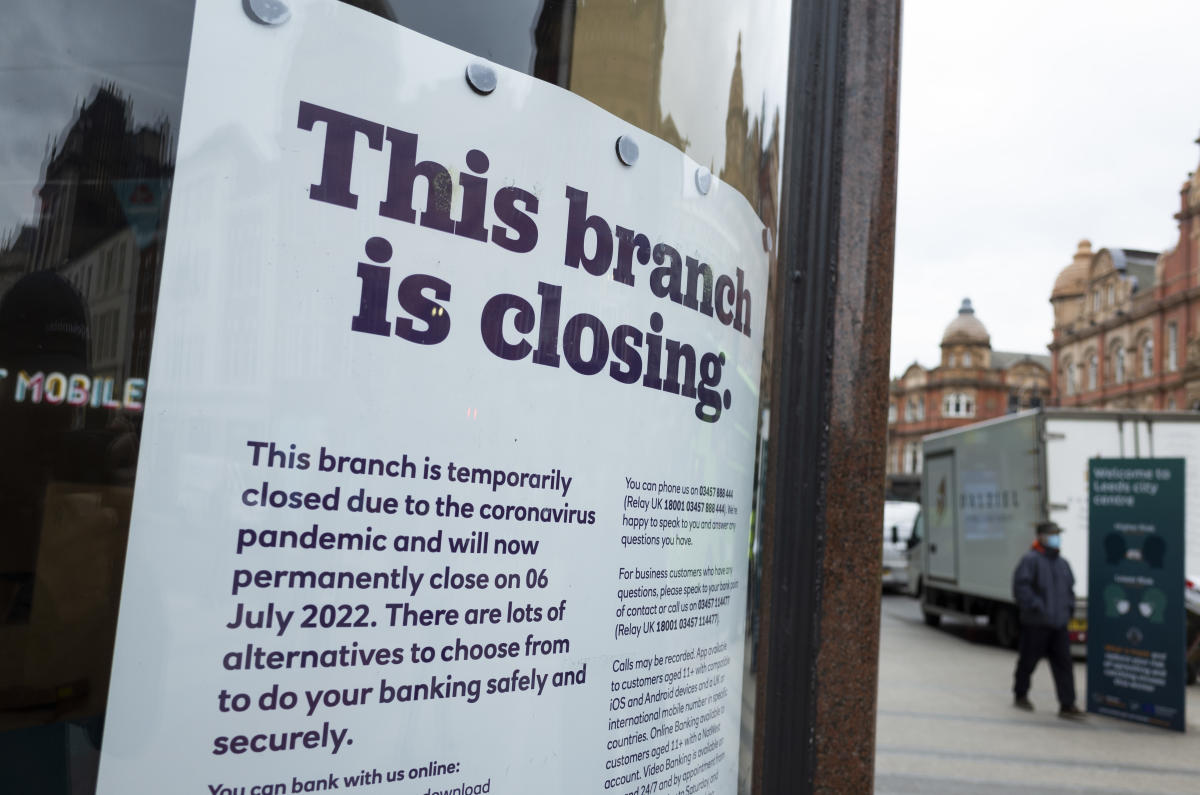Banks across the United States are shutting down thousands of branches as the rise of digital banking transforms the financial landscape. In 2023, over 3,000 bank branches closed their doors, with only 1,000 new ones opening. This trend isn’t slowing down, and it’s already making waves in communities nationwide.
Why Are Banks Closing Branches?
One of the main reasons is the increasing popularity of digital banking. With more people managing their money online or through mobile apps, the demand for in-person banking services has significantly decreased. At the same time, maintaining physical branches is expensive, so banks are cutting costs by shutting down underperforming locations.
Additionally, mergers between banks often result in overlapping branches. When two banks combine, they frequently consolidate locations, leaving fewer options for customers.
What Does This Mean for You?

The closure of local branches may have a bigger impact on your finances than you think.
- Fewer Services: Many people still rely on branch-specific services like safe deposit boxes, notarizations, or personalized financial advice. Without a nearby branch, these services may be harder to access.
- Inconvenience for Some: While many embrace online banking, some people especially seniors or those in areas with limited internet access may struggle to adapt.
- Banking Deserts: Entire communities, particularly rural or low-income areas, could become “banking deserts” where no financial institutions operate. This leaves residents turning to alternatives like payday lenders, which often come with high fees.
The Ripple Effect on Local Economies
The disappearance of branches can hurt more than just individual customers it can harm entire communities. Local economies often rely on banks for small business loans and other financial services. When banks close, local businesses may face challenges securing the funding they need to grow.
Branch closures also lead to job losses, further straining local economies. And without physical branches offering financial education or outreach programs, some communities may fall behind in financial literacy.
What Can You Do?
While the trend of closures is out of consumers’ control, there are ways to adapt:
- Get Comfortable with Digital Banking: Learn how to manage your accounts online or through your bank’s app. Many services, like bill payments and transfers, are easier than ever.
- Explore Alternatives: Credit unions and community banks may still have a physical presence in your area and often provide excellent customer service.
- Use Financial Apps: From budgeting tools to investment platforms, technology can help you stay on top of your finances.
This wave of closures is part of a larger shift in how people bank, but being proactive can help you stay ahead. If your local branch hasn’t closed yet, now is the time to consider how you’ll adapt when it does.



